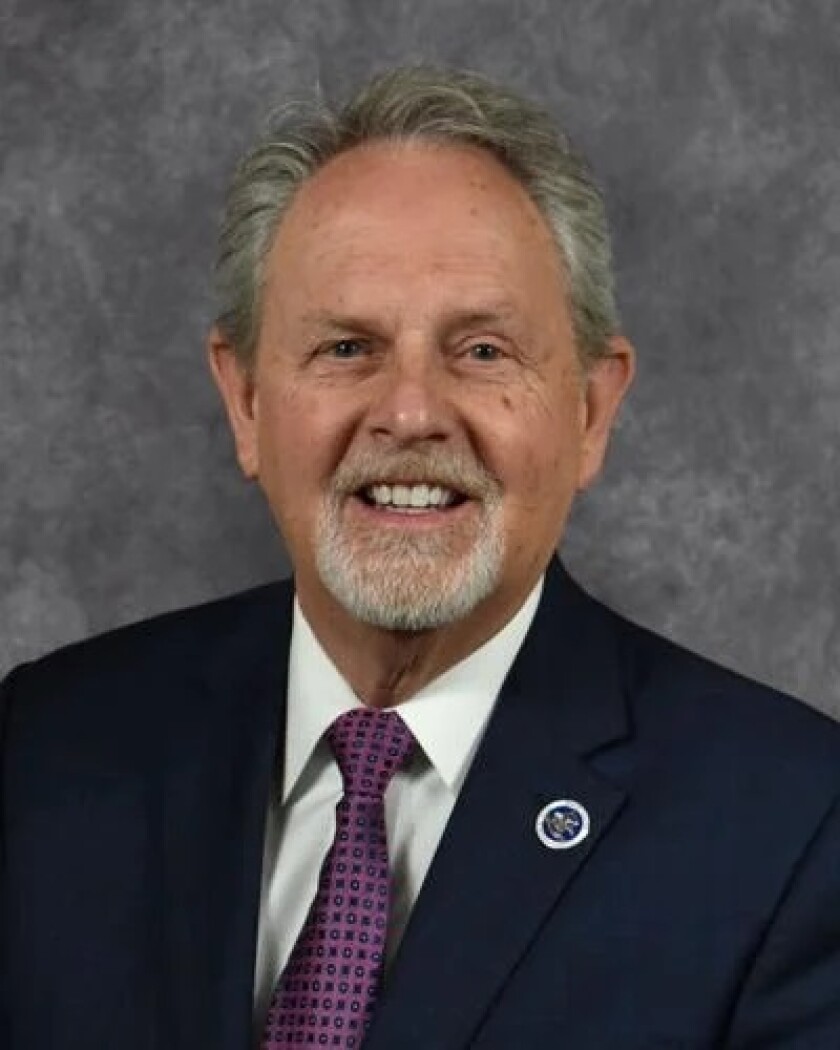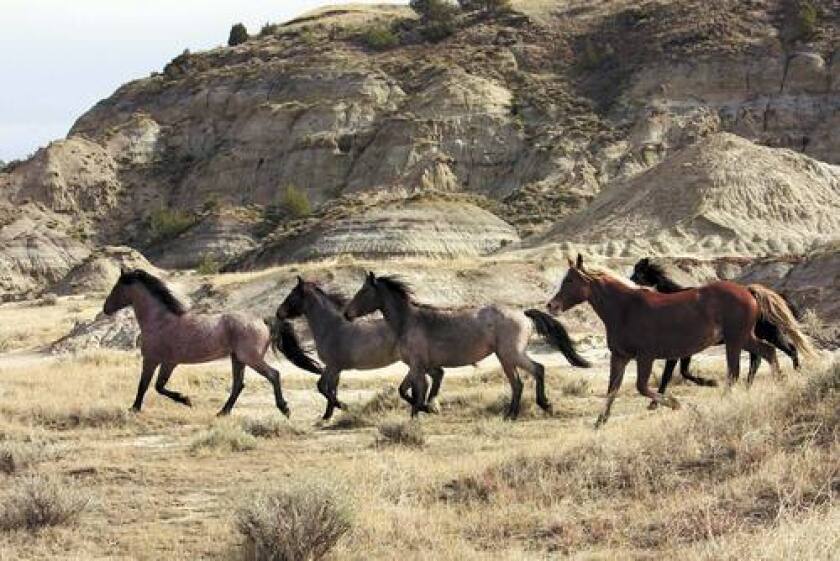BISMARCK — The appropriations committees in both the North Dakota House of Representatives and Senate voted to adopt a new revenue forecast on Monday, March 17.
Legislators said the adopted forecast splits the difference between forecasts presented to them last week by the Office of Management and Budget — which uses the financial consulting company Moody's — and financial consulting company S&P Global.
Senate Appropriations Committee Chair Sen. Brad Bekkedahl, R-Williston, said the new forecast has increased the estimated earnings the state will bring in by the end of the 2023-25 biennium from the January forecast but decreased estimated revenues for the 2025-27 biennium.
The state is currently 12.7% above forecast General Fund revenues for the 2023-25 biennium to date.
The new forecast still anticipates the state will bring in more during the 2025-27 biennium than it will in the 2023-25 biennium by about $20 million. However, the new forecast estimates roughly $75 million less in anticipated revenue than the January forecast did.
“So, it's a reduction from January, which was a very rosy forecast, but still gives us more money in general funds for the next biennium from where we are today,” Bekkedahl said.

Anticipated oil prices also dropped from the January forecast by $3 per year to $59 per barrel for the first year and $57 per barrel the second year of the 2025-27 biennium.
The revised oil tax revenue means less money flowing into the Strategic Investment and Improvements Fund — to the extent that the “buckets” of funding for the Prairie Dog fund, which provides supplemental funding for municipal, county and township infrastructure, would not fill all the way for the 2025-27 biennium. They were projected to fill completely in the January forecast.
“We always told the political subdivisions that this Prairie Dog funding is only if oil revenues are sufficient,” said House Appropriations Chair Rep. Don Vigesaa, R-Cooperstown. “Once they get that funding a few bienniums in a row, you know, then they count on that funding ... There's some conversation of, ‘How can we make some adjustments in the allocations to keep Prairie Dog funding rolling?’ but that's yet to be determined.”
ADVERTISEMENT

At crossover, the Legislature was roughly $300-$310 million overspent, according to the two committee chairs, meaning requested appropriations were that far above what is anticipated to be available in the General Fund and SIIF next biennium.
This is not unusual, according to the committee chairs. In fact, last session the Legislature was overspent by roughly $1 billion and lawmakers managed to balance the budget by the end of the session, Bekkedahl said.
Still, the appropriations committees will need to cut back proposed spending during the second half of the session.
Bekkedahl said he would like to see SIIF spending cut “by at least $150 million” from what is currently proposed, and proposed General Fund expenditures cut by about $400 million.
Both committee chairs said the agency budgets would be the first place they looked to cut proposed spending, followed by proposed standalone appropriations.
Despite the need to cut, Bekkedahl said property tax reform and relief was still viable this session because the plans being discussed rely on Legacy Fund earnings to pay for the bulk of the property tax relief, “because that’s what makes it sustainable,” he said.
“We know that balance is going to increase every year we get into this,” he said. “That's the sustainability. We know we're all going to have more money in the earnings coming back every biennium to not just sustain what we're having to do now, but hopefully, maybe improve that in future sessions as well.”
ADVERTISEMENT

















